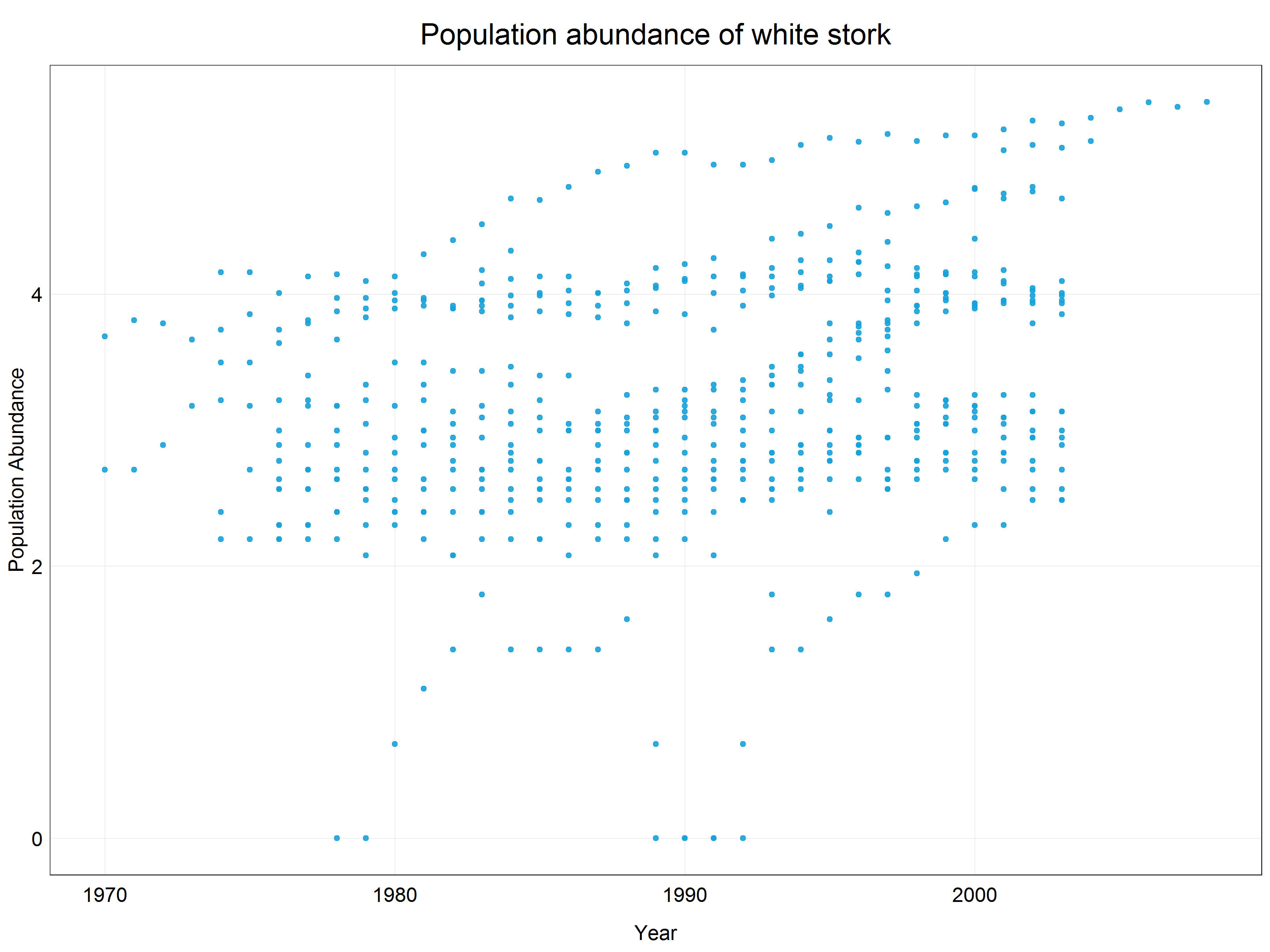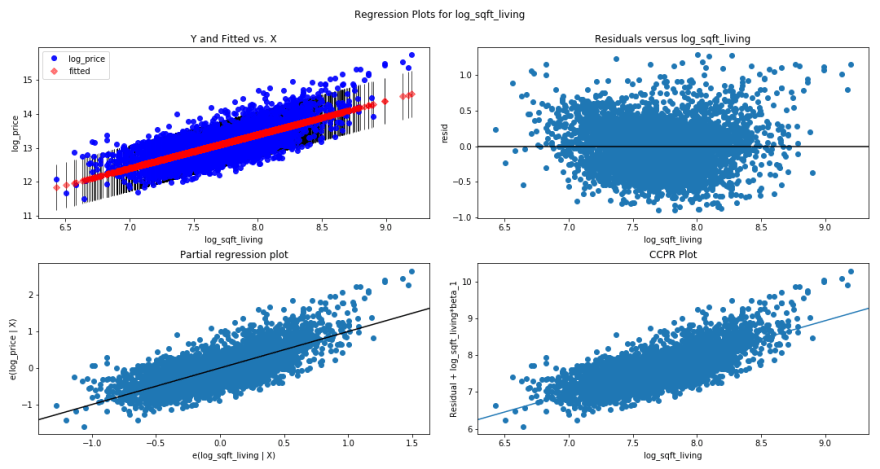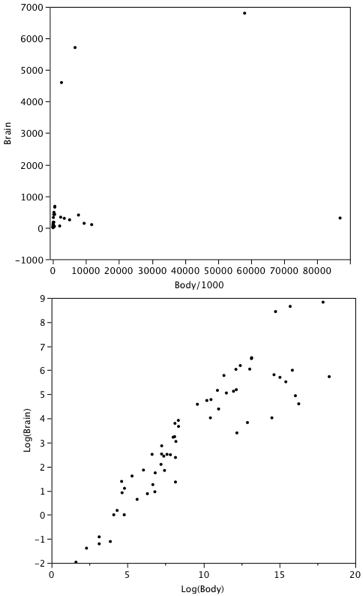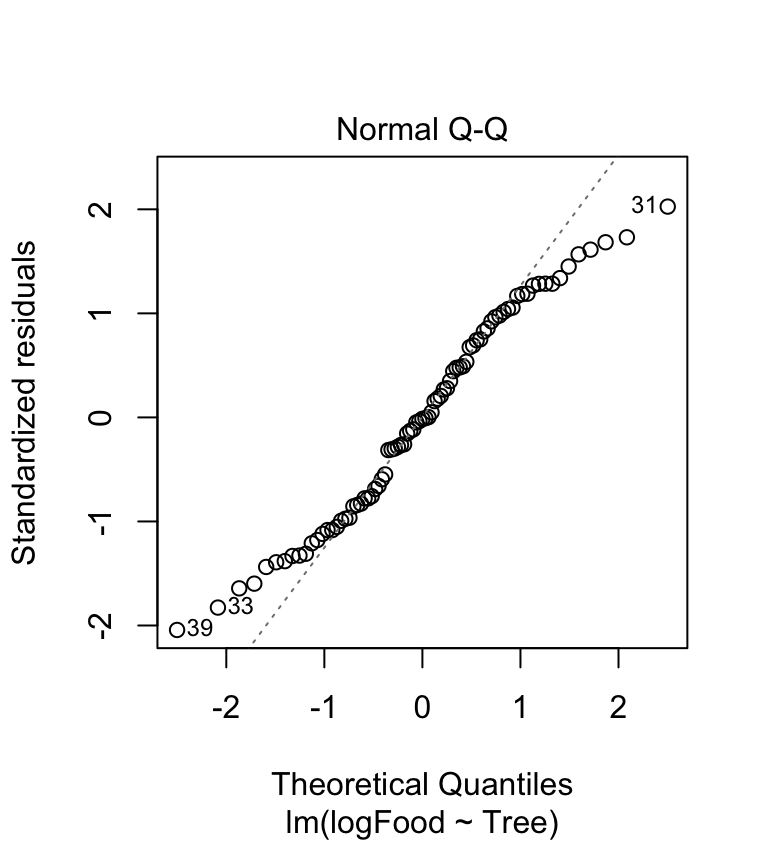
Interpreting Log Transformations in a Linear Model | University of Virginia Library Research Data Services + Sciences

Log transform for positivity.. In Simple terms, log transform squashes… | by Ravi CHandra | Analytics Vidhya | Medium

Interpreting Log Transformations in a Linear Model | University of Virginia Library Research Data Services + Sciences

Histograms of original data (left plot) and log-transformed data (right... | Download Scientific Diagram

Interpreting Log Transformations in a Linear Model | University of Virginia Library Research Data Services + Sciences

Interpreting Log Transformations in a Linear Model | University of Virginia Library Research Data Services + Sciences

The broken bridge between biologists and statisticians | Stabilising transformations: how do I present my results?

Eight Simple Guidelines for Improved Understanding of Transformations and Nonlinear Effects - Mikko Rönkkö, Eero Aalto, Henni Tenhunen, Miguel I. Aguirre-Urreta, 2022
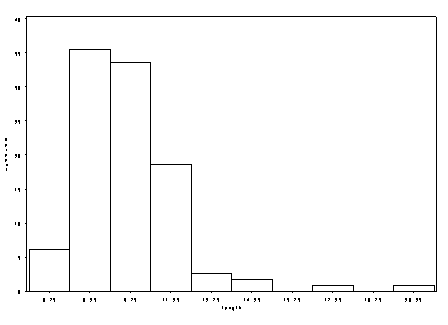
How can I interpret log transformed variables in terms of percent change in linear regression? | SAS FAQ

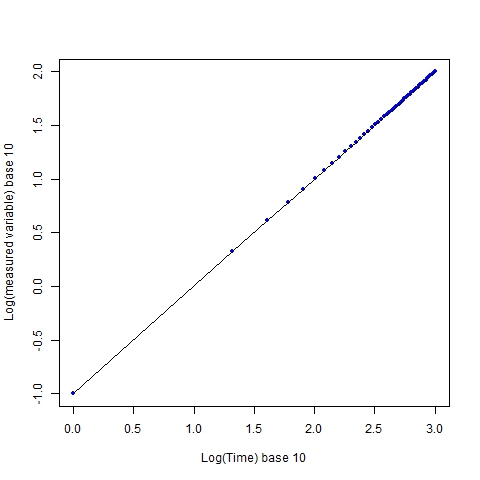

![en:data_preparation [Analysis of community ecology data in R] en:data_preparation [Analysis of community ecology data in R]](https://www.davidzeleny.net/anadat-r/lib/exe/fetch.php/obrazky:raw-vs-log-population-area.png)
